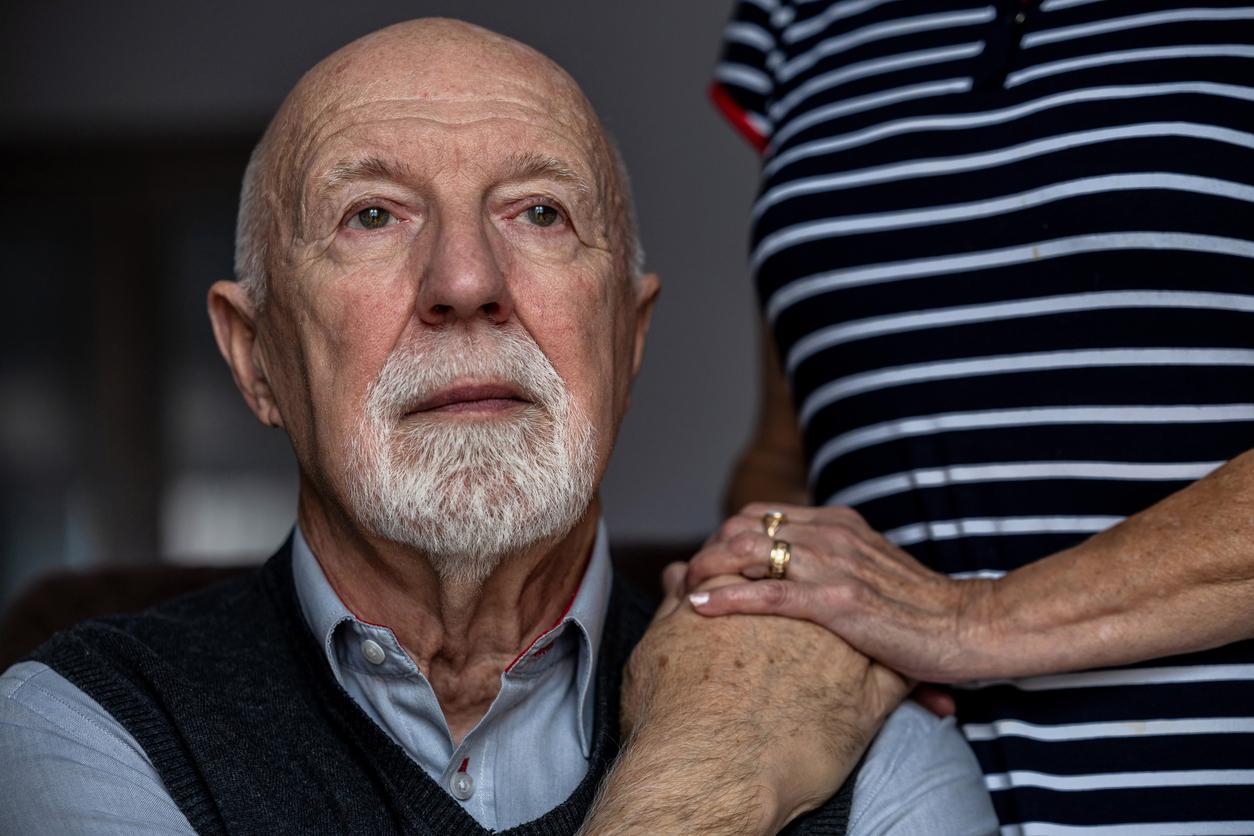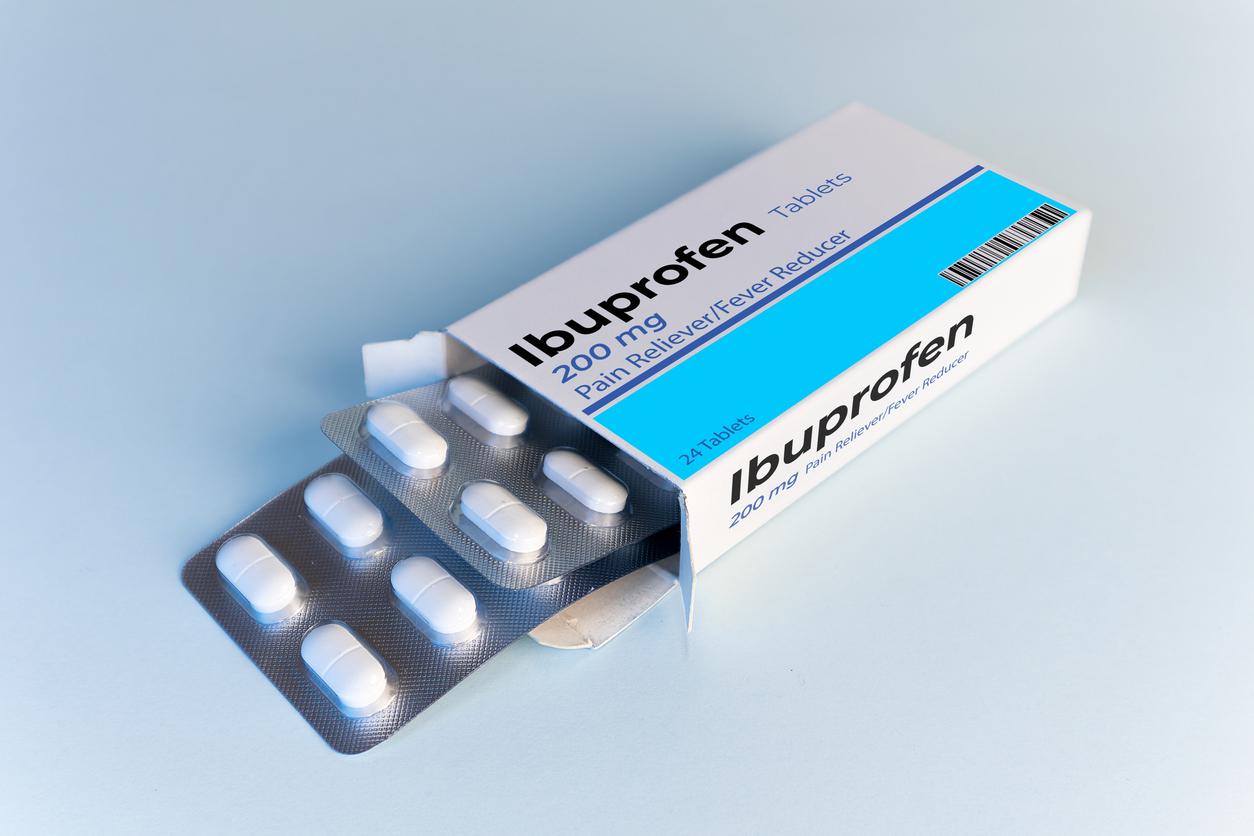US researchers have suggested a new drug could be considered to stop status epilepticus, a serious complication of epilepsy.

- Status epilepticus is a complication of epilepsy, which induces prolonged and/or closely spaced seizures.
- Currently, treatment for status epilepticus relies on the administration of anesthetic drugs intravenously to induce a coma.
- As an alternative to current treatments, researchers evaluated the effectiveness of a new drug to stop status epilepticus.
Nearly 700,000 people are affected by epilepsy in France. One of the main complications of this neurological disease is status epilepticus, which is characterized by an abnormally long seizure duration or by the occurrence of seizures very close together. In particular, it commits the vital prognosis and functional.
A drug being studied to stop seizures linked to status epilepticus
Currently, medical teams administer anesthetic drugs intravenously to induce coma in cases of status epilepticus. This is the only possible treatment for patients affected by this complication. “This has been associated with poor outcomes, and there has been nothing so far to address this gap”explained Doctor Brandon Foreman, associate director for neurocritical research and associate professor in the department of neurology and rehabilitation medicine at the University of Cincinnati (United States).
With his team, Doctor Brandon Foreman wants to find an alternative to treat patients with status epilepticus. During the 22nd Annual Meeting of the Neurocritical Care Society (NCS)this researcher therefore presented the results of a sentence 3 clinical trial showing that a neurosteroid, called ganaxolone, could be considered to treat this complication of epilepsy.
As part of this research, the scientists divided the patients into two groups: the first received ganaxolone while the second received a placebo before starting the coma-induced anesthesia. “The study looked at the number of patients who stopped seizures within the first 30 minutes of study drug administration and the proportion of patients who required a transition to anesthesia to control their refractory epileptic state “specified Doctor Brandon Foreman.

Treatment of status epilepticus: promising first results
According to the results, status epilepticus stopped in 80% of patients who received ganaxolone an average of four minutes after administration of the drug. In the control group, only 13% of patients in the placebo group were able to control this complication after 30 minutes, and their attacks lasted an average of five hours.
Nevertheless, the researchers revealed that the study did not meet its second co-primary endpoint, that is, the absence of escalation of intravenous anesthesia during the first 36 hours after the administration of ganaxolone. In fact, only 63% of patients receiving ganaxolone avoided anesthesia compared to 51% of those receiving the placebo. Doctor Brandon Foreman, however, emphasized that “Even 72 hours after the start of ganaxolone administration, significantly fewer patients who received ganaxolone required further escalation of medical treatment.”
As the scientists indicated, this clinical trial is the first to have demonstrated the effectiveness and safety of a drug to combat status epilepticus. “Ganaxolone would fill a specific gap in care for which there are currently no treatment options other than intubation and anesthetic medications when standard anticonvulsant medications fail (…) It is recognized that the use of anesthetics increases the morbidity and mortality of status epilepticus, so ganaxolone could save lives and avoid prolonged intensive care.”concluded Doctor Brandon Foreman.
















